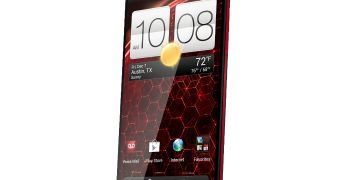Only a few weeks ago, mobile phone carrier Verizon Wireless made a new Android-based smartphone from HTC available for purchase in its highly popular DROID lineup, namely the DROID DNA by HTC.
The handset was made official at the beginning of November, when enthusiasts found out that its bootloader could be easily unlocked through the HTCDev website.
On launch day, however, HTC removed the device from the list of supported smartphones, most probably in line with Verizon’s approach to the matter.
Even so, it seems that the phone’s bootloader can indeed be unlocked, and an unofficial method is now available for all those willing to give it a try.
Unfortunately, the process is not as simple as it was when supported by HTC themselves, and inexperienced users are encouraged to refrain from trying it, since it is rather risky.
Those who are willing to unlock the DROID DNA should note that they will be the only ones to be held responsible, should anything go wrong with this smartphone.
They should also back up all important data on the phone, so as to make sure that no important files are lost, provided that things do not go as well as planned.
The guys over at Android Police offer detailed instructions on how to unlock DROID DNA’s bootloader, a process that requires Modern ADB that supports backup/restore (Android 4.0 Ice Cream Sandwich and up), as well as 1GB of free space on the smartphone.
Furthermore, the process involves downloading backup.ab, which weighs 300MB, and a certain DNA_TeamAndIRC.zip file.
As soon as they are done with installing the files needed to unlock the phone’s bootloader, users will need to go to HTCDev, select "All other supported models," and have it unchained.
As soon as the bootloader has been unlocked, users will also be able to root the device and install custom software on it. In fact, a rooting method had been discovered for the handset even before it was released to shelves.

 14 DAY TRIAL //
14 DAY TRIAL //